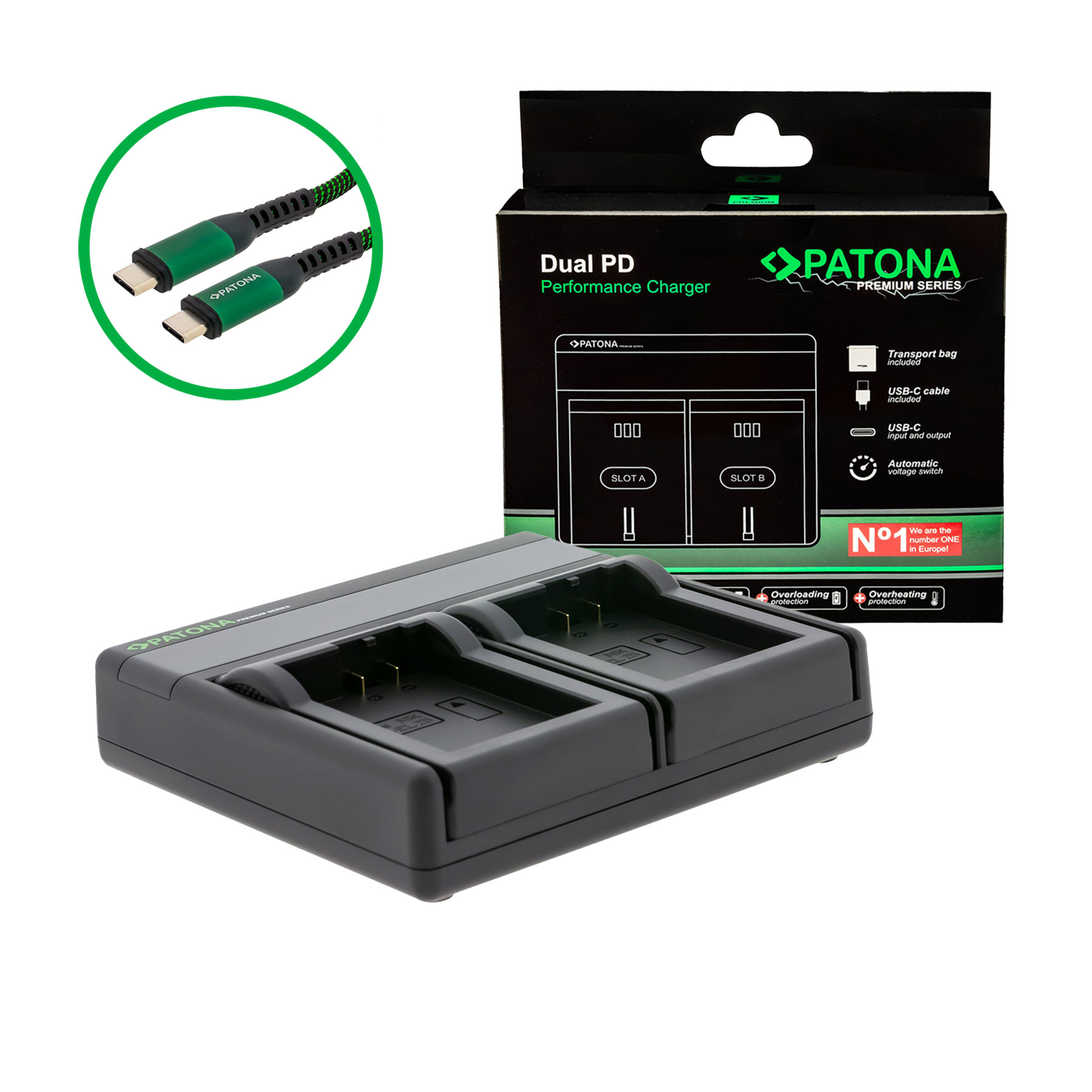spamalot1950
Active member
I think most of that is likely, but, at some point in the very near future, those features won't be indicative of a Pro DX. All of that will be included in your basic consumer camera. Camera technology is moving forward at a fast pace. I have no idea what features will constitute "Pro" in five years. Concerning your list of desired features:The Z Nikon Ecosystem is missing a Pro DX camera with:
- new Partially-Stacked DX sensor - faster scan rate to minimize electronic shutter distortion;
- Z6 III EVF;
- IBIS with support for Synchro VR ;
- Pro chassis and controls (shooting banks);
- 6K video;
- dual CFExpress cards;
- ENEL15c battery with optional Vertical grip
An improved sensor seems inevitable based on recent history.
Dual CFExpress card slots might be nice, but tandem CFExpress card/SD card slots might be more practical.
Regardless of the battery selected for the next DX body, I would very much like to see an improved, if not more accurate, battery strength indicator. The one in the Z50ii is only marginally useful. When it hits RED in my viewfinder, the meter in one of my charging units suggests that that battery is still at 40% strength. I've seen an anecdote that one individual kept shooting for 90 minutes after his viewfinder's meter went red. Additionally, now that the camera itself has a PD charging capability, it would be very nice if Nikon batteries also had USB-C charging ports similar to those of the SmallRig offerings. The time has come to eliminate the need for separate charging units. Especially so since Nikon doesn't include one with the Z50ii.


